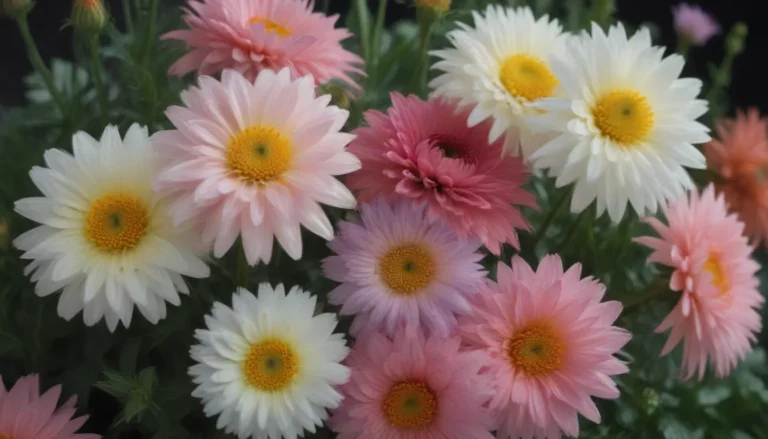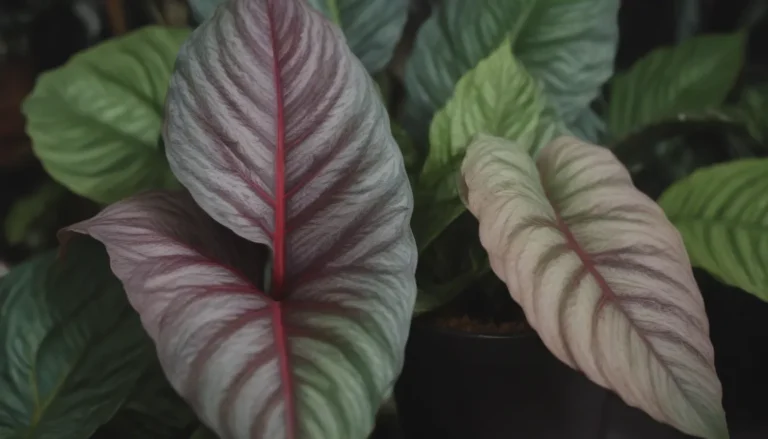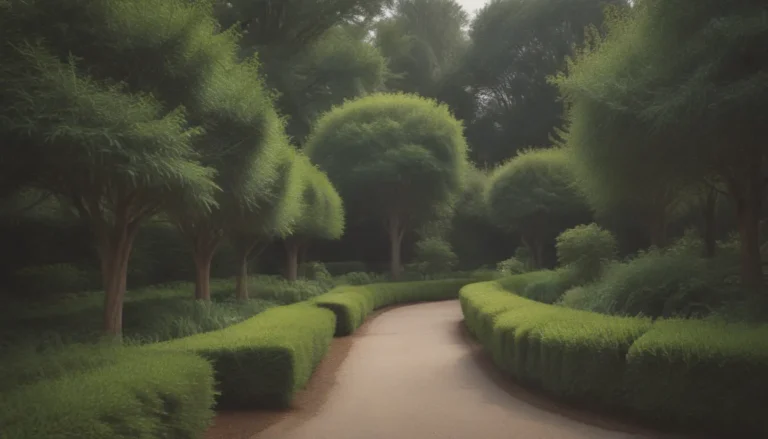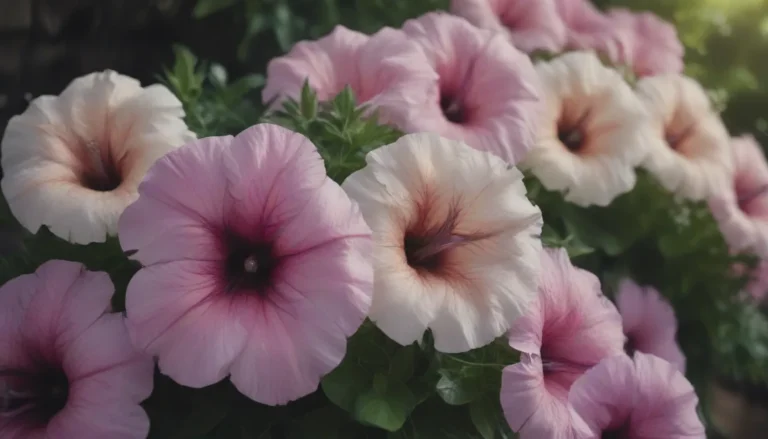Comprehensive Guide to Growing and Caring for Japanese Rose
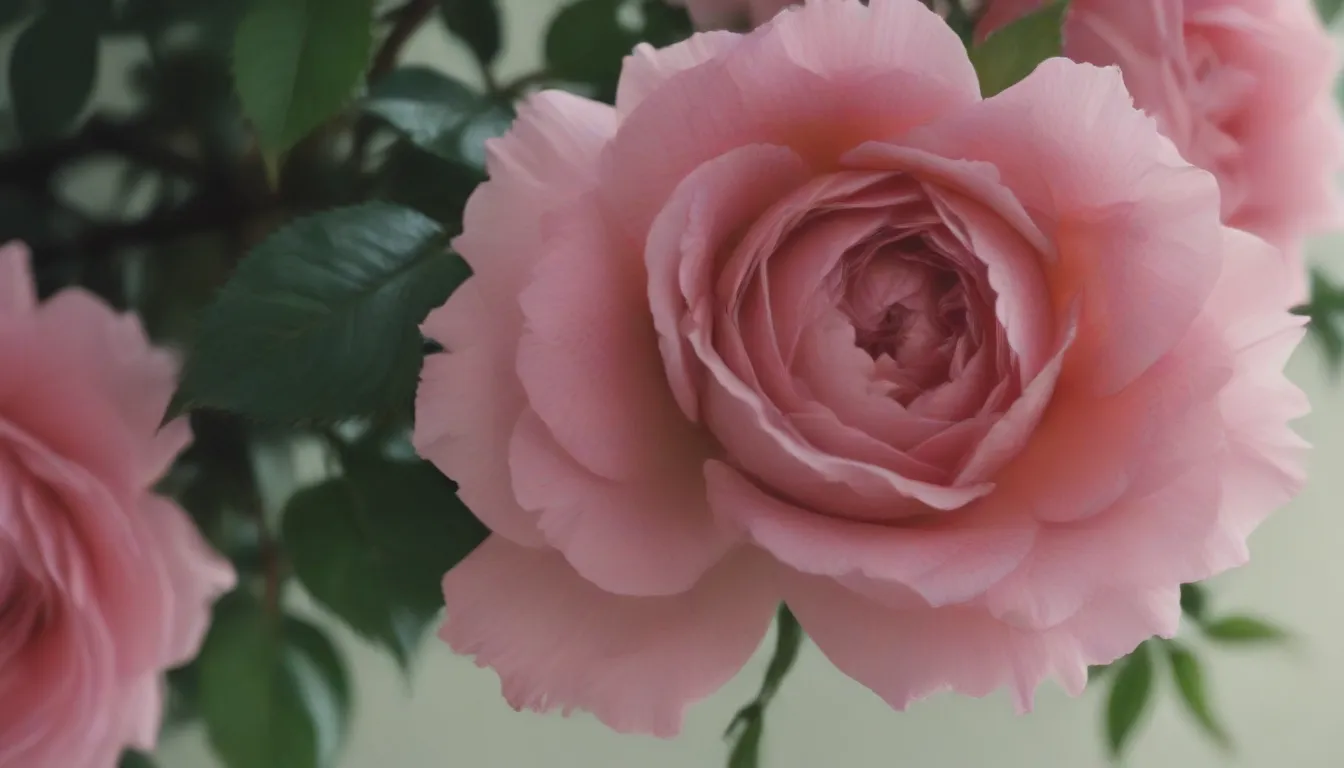
Are you looking to add a unique and beautiful flowering shrub to your garden? Look no further than the Japanese rose (Kerria japonica). This deciduous shrub with its yellow flowers resembling old-fashioned roses is a stunning addition to any landscape. In this comprehensive guide, we will explore everything you need to know to successfully grow and care for Japanese rose in your garden.
Understanding Japanese Rose
Japanese rose is a member of the Rosaceae family but belongs to a different genus than common garden roses. It is known for its attractive yellow flowers and interesting bark and branches. This shrub blooms in spring and sometimes again in the summer. The flower form can be single or double, adding versatility to its beauty. Japanese rose has a unique branching pattern with main branches arching gracefully to a height of 8 to 10 feet. The bark is a vibrant kelly green to greenish-yellow color, providing year-round interest in the garden.
Japanese Rose Care Tips
To ensure your Japanese rose thrives, it is essential to provide the right care and growing conditions:
Light
- Plant Japanese rose in partial to full shade for optimal flower production.
- Avoid too much bright sunlight as it can cause the flower color to fade quickly.
Soil
- Japanese rose prefers loamy soil and is not overly fussy about soil pH.
- Avoid planting in heavy clay soil and enrich the soil with compost or organic material.
- Keep the soil evenly moist but avoid soggy conditions by light mulching to conserve moisture.
Water
- Provide regular watering to Japanese rose, but be cautious not to overwater, especially in denser soils.
- This shrub has good tolerance for short periods of drought.
Temperature and Humidity
- Japanese rose thrives in USDA hardiness zones 4 to 9 and appreciates deeper shade in the southern part of its range.
Fertilizer
- Lightly fertilize Japanese rose in spring with a slow-release fertilizer.
- Adding a layer of compost or organic mulch around the plant will provide additional nutrition.
Types of Japanese Rose Cultivars
Several popular named cultivars of Japanese rose include:
– Kerria japonica ‘Pleniflora’
– K. japonica ‘Picta’
– K.japonica ‘Albescens’
– K.japonica ‘Golden Guinea’
– Kerria japonica ‘Simplex’
Pruning Japanese Rose
Japanese rose blooms on old wood, so it is important to prune just after it finishes flowering in spring. Pruning for shape or to control height should be done at this time. Remove dead branches as you find them and cut down older plants in need of rejuvenation to ground level. Regularly remove suckers to prevent vigorous spreading of the plant.
Propagating and Growing from Seed
Japanese rose is best propagated by rooting softwood cuttings. Alternatively, you can grow it from seed by following these steps:
– Sow seeds about 1/4 inch deep in potting soil and cold-stratify them in the refrigerator for three months.
– Expect around 20 to 30% of seeds to sprout in two to three weeks and transplant them with care as they grow.
Potting and Overwintering
When potting or repotting Japanese rose, choose a large enough pot to allow for growth. Protect the plant during winter by providing a layer of mulch or dried leaves for insulation.
Common Pests and Diseases
Japanese rose can be affected by twig and leaf blight caused by the Blumeriella kerriae fungus. Treat with bi-weekly applications of chlorothalonil fungicide and remove badly affected stems. This shrub has no serious pest enemies.
Tips for Blooming and Longevity
Ensure a balanced nutrient content in the soil to encourage blooming and avoid over-pruning at the wrong time. Japanese rose can live for 10 to 15 years with proper care before needing rejuvenation through severe pruning. Planting companion plants like phlox, catmint, bellflower, or anise-hyssop can enhance the visual appeal of your garden.
In conclusion, Japanese rose is a stunning and unique addition to any garden. By following the care tips and guidelines outlined in this comprehensive guide, you can enjoy the beauty of this flowering shrub in your landscape for years to come. Happy gardening!
Reference:
Williamson, Joey. “Japanese Kerria.” Home & Garden Information Center | Clemson University, South Carolina, 1 Feb. 2021, Link to the original article
